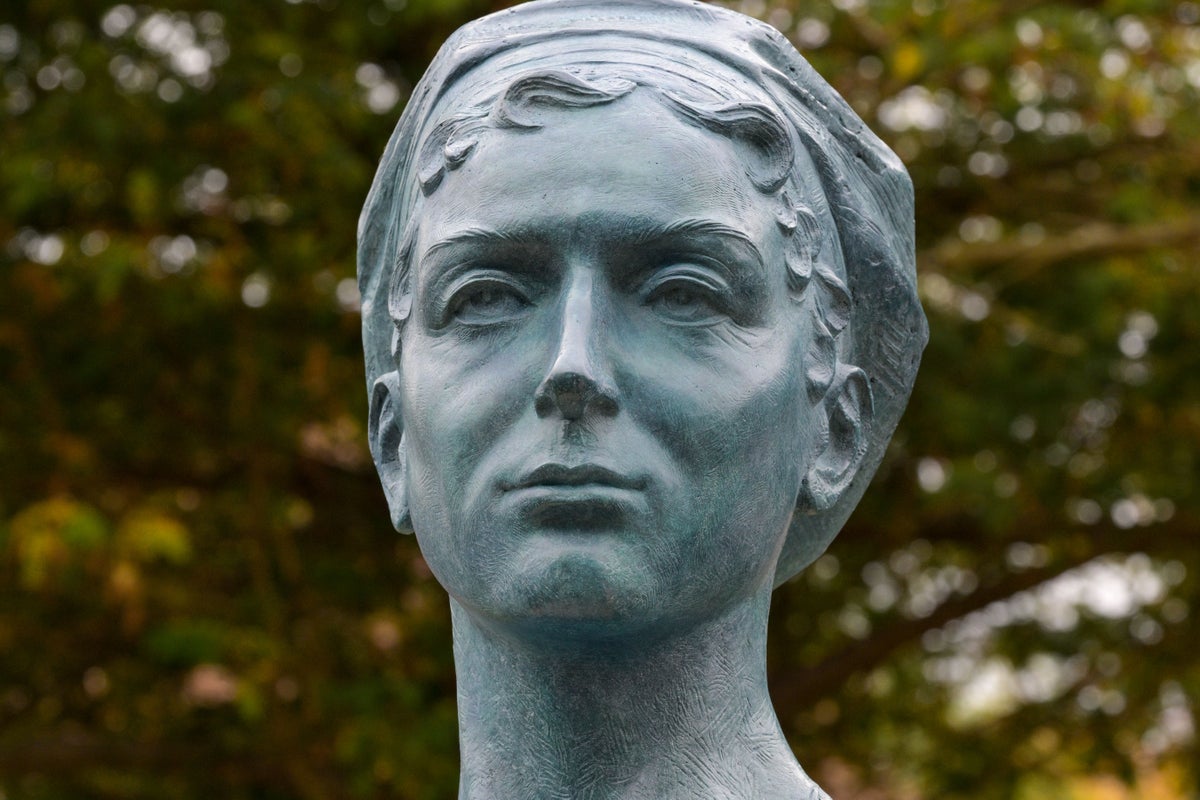
A statue of novelist Jane Austen has been unveiled in the grounds of Winchester Cathedral to mark the 250th anniversary of her birth.
A celebratory service was held at the Hampshire cathedral prior to the unveiling by the Lord-Lieutenant of Hampshire, Nigel Atkinson.
The artist, Martin Jennings, who has been appointed to create a sculpture of Queen Elizabeth II for the UK’s national memorial in St James’s Park in London, aimed to represent Austen as closely to life-size as possible with the statue standing 1.7m (nearly 5ft 7in) tall.
The cathedral has chosen to honour Austen as the 18th century author is buried in the north nave aisle.
A cathedral spokeswoman said: “Jane Austen’s grave is a principal destination for many visitors, though it doesn’t do justice to her moral vision or enduring literary legacy.
“The Cathedral Chapter have therefore worked in close collaboration with Martin Jennings, one of the country’s leading figurative sculptors (more recently known for his portrait of King Charles III for the Royal Mint), to develop an outdoor memorial to Austen.
“There are no uncontested portraits of Jane Austen, but Jennings has studied the available evidence to produce a likeness.
“His overall conception, reflected in her expression and posture, emphasises her moral vision and the strength of her literary legacy.
“Located in the Inner Close, set against the homely backdrop of No 9 the Close, she stands as an authoritative and elegant figure, with her characteristic ringlets and cap, by her famous writing table.”
The cathedral service included a dramatic reading from Pride and Prejudice by actors Joanna David, Susannah Harker and Adrian Lukis, who starred in the BBC’s 1995 adaptation of the novel.
Austen was born on December 16 1775, in Steventon, north Hampshire, where her father was the vicar, and they lived there until they moved to Bath after his retirement.
After his death in 1805, Austen moved with her mother and sister to Southampton before a move to Chawton, near Alton, in 1809, where she lived until she moved to Winchester for medical treatment shortly before her death in 1817.
